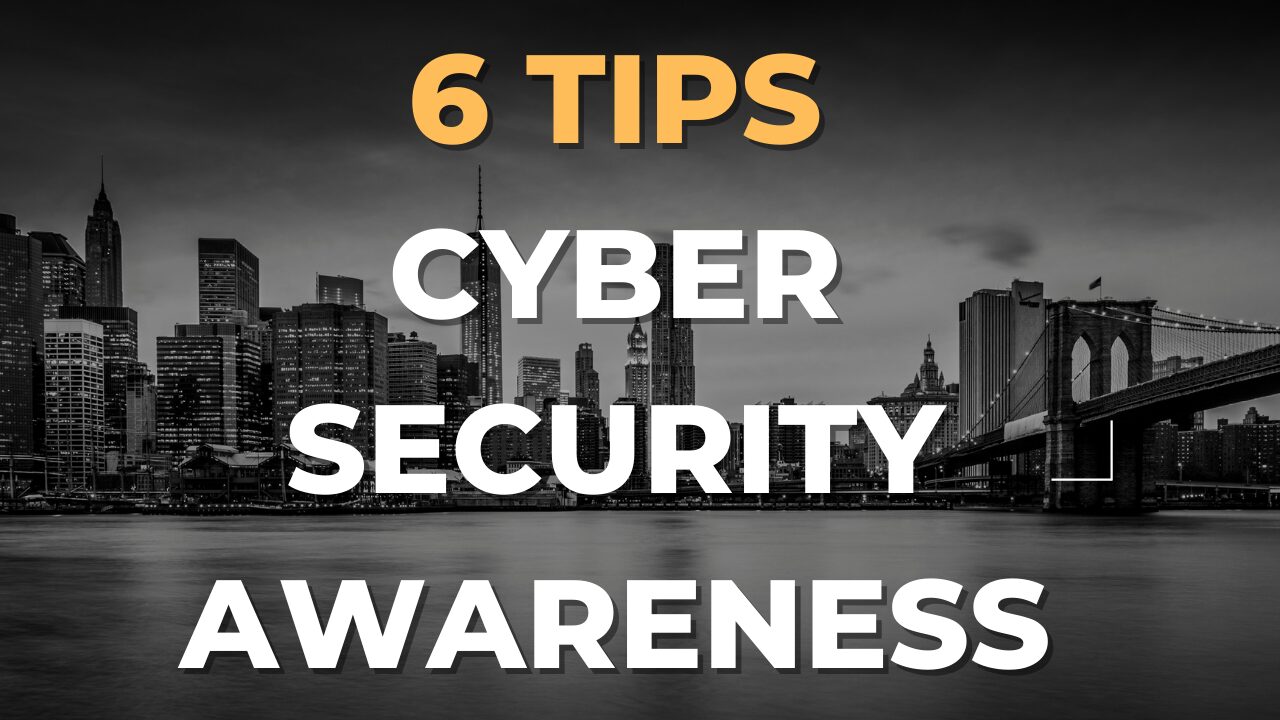Why CEOs Must Prioritize Information Technology (IT) in Today’s Business Landscape
Technology isn’t merely a tool—it’s the backbone of operations, the pulse of interdepartmental coordination, and often the line between success and stagnation. Although most CEOs acknowledge IT’s pivotal role, many still take a peripheral stance, viewing IT as a silent force that is best left to professionals. However, the evolving landscape demands a seismic shift in perspective: CEOs, especially of small and mid-sized enterprises, must delve deeper into understanding, leveraging, and championing IT. Here’s why.
The Role of a CEO in IT Management
The rapidly evolving digital landscape raises an essential question: Do you truly own your IT as a CEO? Burgeoning businesses must channel investments into IT. Yet, the role of the CEO shouldn’t stop at mere initiation or occasional oversight. Real ownership implies understanding the IT frameworks’ intricacies, challenges, and opportunities.
CEOs might delegate IT responsibilities to VPs or subordinates in a common corporate hierarchy. While delegation streamlines operations, the overarching responsibility remains with the CEO. Shareholders, stakeholders, and the global market look towards the top leadership to ensure IT infrastructure is robust, adaptable, and future-ready. Given CEOs’ vast responsibilities, why add IT to this weighty list?

Why a CEO’s Involvement in IT Matters
The rationale is risk mitigation and leveraging IT as a growth catalyst.
- Navigating High-Level Risks: We live in an era where cyber threats are not just sporadic blips but consistent, looming challenges. From debilitating viruses to devastating ransomware attacks, businesses—irrespective of size—are under constant siege. While a cyber-attack might immediately signify IT crises, the repercussions transcend departments. CEOs must stay vigilant, not only because customer data leaks could culminate in lawsuits but because ensuring cybersecurity is now synonymous with safeguarding brand trust and integrity.
- Managed IT as the Cohesive Force: Pause and consider the multifaceted role IT plays in your business. It orchestrates essential operations, determines your business’s functional uptime, and directly influences revenue streams. Even a minor IT glitch can create ripples, unsettling processes like human resources, sales pipelines, and financial transactions. Given its omnipresent role, CEOs must maintain a proactive stance towards IT, ensuring seamless integration and operation across the board.
Steps for CEOs to Champion IT
Transitioning from an observer to an IT champion isn’t an onerous task for CEOs, provided they approach it strategically:
- Educate and Immerse: CEOs must first acquaint themselves with the IT landscape, identifying how technology aligns with and elevates their business objectives.
- Hire Right: The next step is building a team—ensuring you have competent professionals overseeing IT. A skilled team can streamline processes, anticipate challenges, and devise solutions.
- Maintain Open Channels: CEOs shouldn’t retreat into the shadows even with a stellar IT team. Continually dialoguing with IT teams, staying updated about potential challenges, and monitoring industry trends are imperative.
While it entails commitment, CEOs prioritizing IT don’t just protect their business—they position it for unparalleled growth and innovation.
Conclusion
As the lines between business and technology continue to blur, CEOs must rise to the occasion, embodying the spirit of adaptability, foresight, and proactive management. Understanding and integrating IT isn’t just about troubleshooting or preventing risks; it’s about recognizing IT as the centrifugal force driving businesses into the future.







